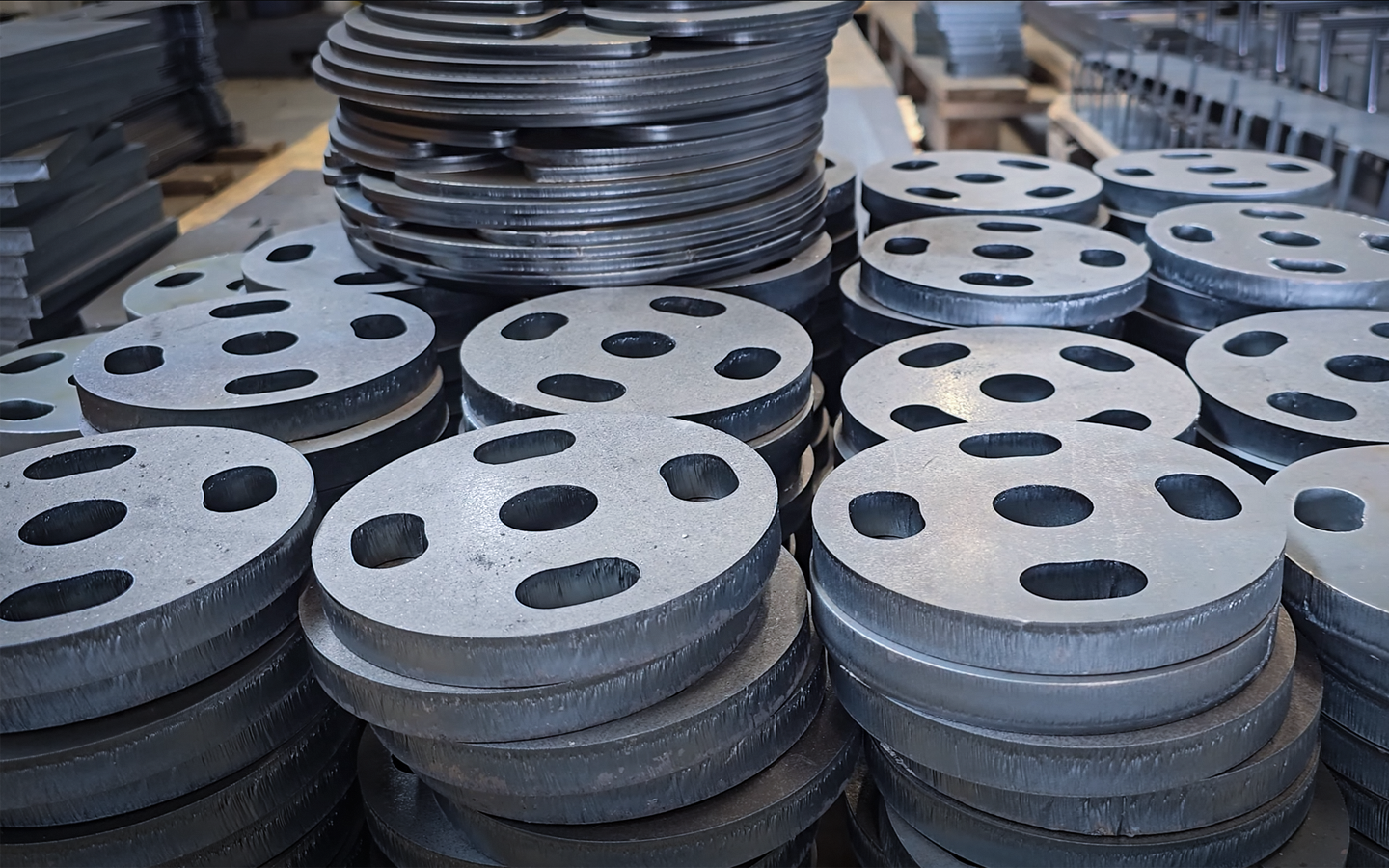Modern applications of laser cutting
Laser cutting, thanks to its precision, versatility and efficiency, has become one of the key technologies in 21st century industry. Its use is no longer limited to metal cutting – today it is finding its way into various sectors, from automotive to medical, from aerospace to the advertising industry. Therefore, below we will discuss in more detail how laser cutting technology is being used in various areas of modern industry and what benefits it brings.

The automotive industry is one of the industries where laser cutting plays a key role. Thanks to the precision and speed of the laser, car manufacturers can produce high-quality components with the complex shapes that are essential in modern vehicles.
Laser metal cutting is used in the production of body parts, frames, as well as interior components such as door panels and dashboards. Furthermore, the technology is used to cut tubes and profiles, which are often used in the construction of chassis and other structural components of vehicles.

he aerospace industry requires extremely precise and durable components that must meet stringent safety standards. Laser cutting fits perfectly into these needs, enabling the production of components with high precision and low error tolerance.
In this industry, laser technology is used to cut both metals and composite materials, which are commonly used in modern aircraft and space vehicles. The laser allows the cutting of complex shapes that are difficult to achieve using other methods, which is essential in the production of parts such as wings, fuselages and engine components.

In an era of miniaturisation and increasing technological demands, the electronics industry relies on solutions that allow the production of increasingly smaller and more complex components. Laser cutting therefore plays a key role here, enabling precise and non-contact processing of materials used in electronics manufacturing.
Lasers are used to cut and perforate printed circuit boards (PCBs), which are the foundation of most modern electronic devices. This allows thin materials such as metal foils, plastics or silicon to be cut with incredible precision, which is essential in the manufacture of microcircuits, sensors and other electronic components.
Laser cutting is also used in the production of touchscreens, where it is necessary to cut holes for buttons, cameras or speakers. This allows us to achieve perfectly smooth edges, resulting in better quality and durability of the final product.

Laser cutting has also found wide application in the medical industry, where precision and hygiene are key. Lasers are used to produce surgical instruments, implants and also microscopic components used in medical devices.
Thanks to its ability to work with very small and delicate materials, laser cutting has become indispensable in the production of precision instruments such as scalpels, forceps and needles. Laser cutting technology is also used for the production of stents, which must be made with the utmost precision to ensure their effectiveness and safety.
Let us not forget that lasers are furthermore used in the production of lenses and other precision optical components, which are then used in medical instruments such as microscopes or diagnostic imaging equipment.

In the advertising and decorative industry, laser cutting has become a standard because of its ability to create intricate patterns and shapes that attract customers’ attention. Lasers are used to cut and engrave a variety of materials such as wood, plexiglass, metal or leather.
This allows the creation of unique signs, letters, logos and decorative elements that can be used in outdoor and indoor advertising, as well as in the production of interior design elements. The ability to personalise and accurately reproduce even the most complex designs makes laser cutting an ideal solution for companies in the creative industry.

Finally, a few words about the clothing and textile industry, where laser cutting is gaining popularity as a modern and precise tool for processing materials. Lasers are used to cut fabric, leather, felt and other textile materials, resulting in accurate and clean edges that do not require additional processing.
Laser cutting also allows for the fast and efficient cutting of intricate patterns, applications and engraving on fabrics, giving designers almost unlimited possibilities for creating unique designs and collections.



